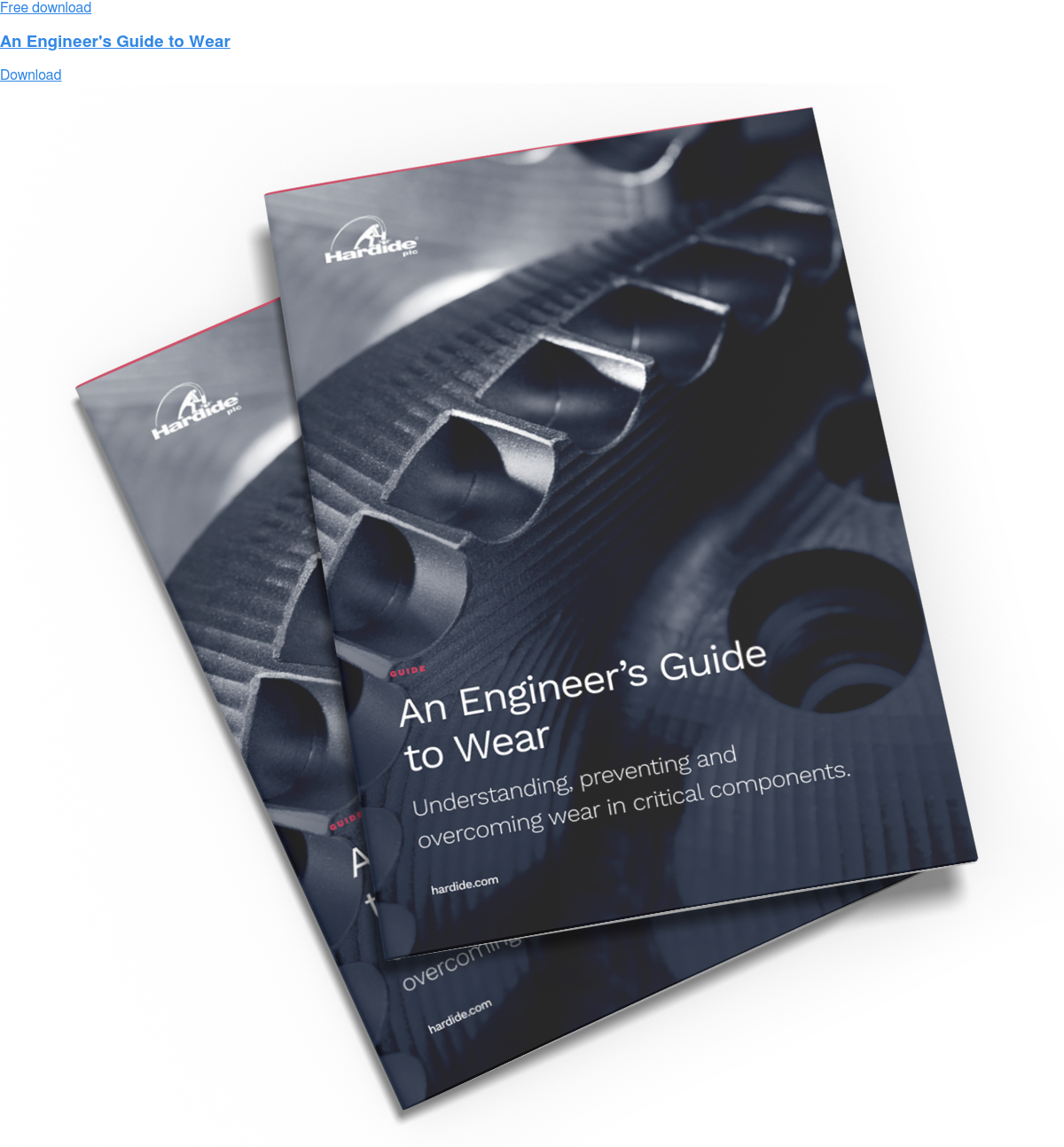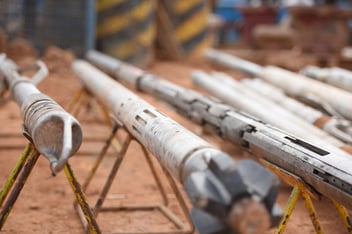Wear is an unavoidable challenge for industries that rely on metal components. When left unchecked, wear leads to increased downtime and repairs, driving up operating costs and posing safety risks. In today’s competitive and sustainability-driven landscape, engineers need to understand how different forms of wear affect components, and how to protect them effectively.
Wear in metals can be broadly divided into three main categories, which are adhesive wear, abrasive or mechanical wear, and other forms such as fretting. Each has its own causes, consequences and solutions.
Adhesive wear
Adhesive wear is caused by direct contact between metal surfaces moving relative to one another under load. At the microscopic level, rough peaks or asperities on each surface can weld together due to pressure and frictional heat. As the surfaces slide, these welded points shear off, removing small fragments of metal. Over time, this repetitive tearing degrades surface smoothness and generates wear particles that can contaminate lubricants or hydraulic fluids.
This is a common problem in gearboxes, bearings, pistons and valve stems, especially where lubrication breaks down or when two similar metals are in contact. If not addressed, adhesive wear can lead to scoring, galling or even catastrophic seizure of moving parts.
Abrasive and mechanical wear
Abrasive wear is perhaps the most widespread form of wear in a majority of industries. It occurs when hard particles or hard rough surfaces slide across a softer metal, cutting, scratching or ploughing material away like sandpaper. This can happen internally, for example when abrasive slurry flows through pumps and pipelines, or externally when dust or sand becomes embedded in seals and scrapes against shafts.
Mechanical wear covers a range of physical damage caused by repeated stress, impact or surface fatigue rather than cutting by particles alone. Unlike purely abrasive wear, mechanical wear includes local plastic deformation and micro-crack formation, both of which weaken a material’s integrity over time. A classic example is rolling contact fatigue in bearings or railway wheels, where repeated loading cycles cause cracks beneath the surface, which eventually break out and cause spalling or flaking.
Other forms of wear - fretting, fatigue and galling
In addition to adhesive and mechanical wear, metal components can suffer from other specialised forms of wear that can easily be overlooked but equally destructive.
- Fretting wear occurs when two surfaces in contact experience tiny, repeated relative movements under load like in bolted joints or press fits. This micro-motion breaks down protective oxide films and produces fine wear debris. Over time, this debris can act as an abrasive, further accelerating wear and leading to localised surface pitting and cracks.
- Fatigue wear is where repeated cyclic stresses (below the metal’s yield strength) cause cracks to grow beneath the surface. Eventually, these cracks break out, resulting in material flaking or spalling. Bearings, gears and railway wheels are key examples of where fatigue wear dictates service life.
- Galling is a severe form of adhesive wear common when two similar metals slide under high load. Unlike mild adhesive wear, galling can cause localised welding and tearing of large material chunks, leading to rapid failure if not properly controlled.
Why coatings are essential to protect components from wear
Careful design and good material selection may help reduce wear but they often can’t eliminate it completely, especially in demanding applications involving high loads or harsh operating conditions. Protective coatings play a vital role in reinforcing the surfaces of metal components.
By adding a harder, tougher or smoother surface layer, coatings help to reduce direct contact and resist the gradual material loss caused by various wear mechanisms. This added protection extends the useful life of critical parts and can reduce costly downtime and maintenance. Modern coatings come in many forms, from thin films for light-duty wear to advanced hard coatings that provide robust protection in severe environments. The right choice depends on a number of factors like the component itself and its operating conditions.
Choose the right metal coating for your component
Adhesive, mechanical and other forms of wear remain some of the most common causes of metal component failure across industries. Understanding these different wear mechanisms is the first step towards designing equipment that performs reliably and lasts longer.
Protective coatings are an essential tool in this effort, adding a durable surface barrier that shields metal parts from direct damage and helps maintain optimal performance.
At Hardide, we specialise in advanced coatings that tackle multiple wear challenges simultaneously, giving engineers a practical and proven way to protect components in some of the toughest working conditions.
To learn more about how to address wear in your own projects, download our guide below to help you choose the right surface protection for your critical components.







